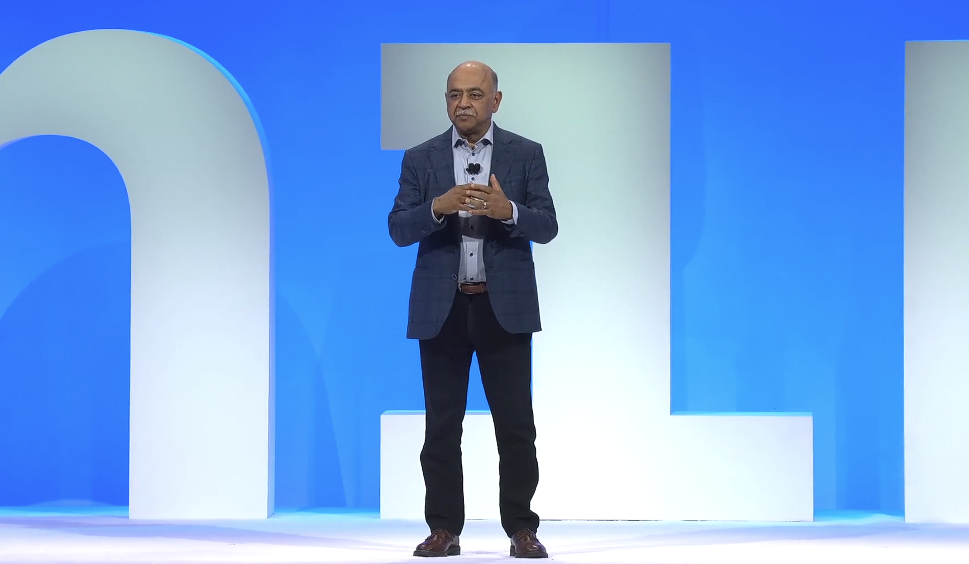Enterprises are grappling with AI's transformative power, a technology poised to automate and elevate both creative and analytical tasks. Despite its early stages, AI adoption holds immense growth potential. Recognizing this, IBM took center stage at Think 2024, showcasing its unwavering commitment to AI innovation.
IBM's leadership in driving enterprise AI is evident through its three key pillars: open-source initiatives, which democratize AI and make it more accessible; leveraging the combined expertise of its consulting arm and ecosystem partners, which ensures the highest quality of AI solutions; and significant updates to the watsonx platform, which enhance the performance and capabilities of AI. These updates are about technological advancements and making AI more accessible and impactful for businesses worldwide. By prioritizing openness, affordability, and flexibility, IBM is breaking down barriers and paving the way for widespread AI adoption.
Open-Source Innovations and InstructLab
AI, a field deeply rooted in open collaboration, has been shaped by a tradition that dates back to its inception. Consider Alan Turing's groundbreaking 1950s paper, 'Computing Machinery and Intelligence,' which introduced the world to AI. This vision turned into reality thanks to the open sharing of work by countless researchers worldwide, laying the foundation for the AI we know today. IBM, a torchbearer of this tradition, continues to place open-source innovation at the core of its latest AI initiatives, inviting users and businesses to be part of this rich and impactful tradition.
IBM has unveiled a family of Granite models, a significant addition to the open-source AI ecosystem. These models, with parameter counts ranging from 3 billion to 34 billion, have been trained in 116 programming languages. They are available in base and instruction-following variants, offering a wide range of applications from complex modernization to bug fixing. These models represent some of IBM's most advanced language and code capabilities and are available under Apache 2.0 licenses on collaborative platforms such as HuggingFace and GitHub. This exciting development opens up a world of possibilities.
IBM's approach to AI development sets it apart from other major companies. While many have chosen to release pre-trained models, withholding the datasets used for training, IBM has taken a different path. It has offered open-source models, democratizing AI development and inviting clients, developers, and experts worldwide to explore new AI advancements in enterprise settings. This unique strategy, coupled with IBM's commitment to quality and efficiency, ensures that these models consistently generate high-quality code superior to many alternative large language models (LLMs) and excel at various code-related tasks, surpassing larger open-source counterparts.
“We firmly believe in bringing open innovation to AI. We want to use the power of open source to do with AI what was successfully done with Linux and OpenShift,” IBM CEO Arvind Krishna at IBM’s Annual Think Conference.

To further its commitment to open-source AI, IBM has announced InstructLab, an open-source project designed to address challenges in fine-tuning LLMs for specialized tasks. This project focuses on scalability by efficiently handling large volumes of data for model training and specialization by tailoring models to specific industry needs.












